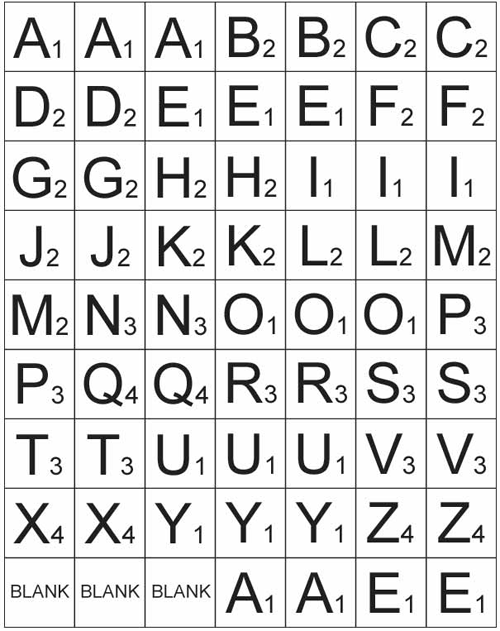Quick post:
How many different polygons can you see in this gate design?
How many variations of the same polygon?
Category Archives: Problem Solving
16. Library Fines (Sequences)
County Library
The first day a book is overdue, you are charged 4p. Each day incurs another 4p.
What are the charges for the first week?
(4, 8, 12, 16, 20, 24, 28)
What is the Nth term?
(4N)
How much would you be charged for being 25 days late?
(100p)
Village library
The village library charges 10p for the first day and 3p for every subsequent day.
What are the charges for the first week?
(10, 13, 16, 19, 22, 25, 28)
What is the Nth term?
(3N+7)
What is the charge for 30 days?
(97p)
How many days late is one book if the fine is more than £2?
(Solve 3N+7>200)
Look back at both libraries. Under what conditions do the libraries have the cheapest fines?
(1-6 days: County Library
7 days: same
8+: Village library)
Extension
Why do the libraries have the same charge on the 7th day?
Prove it algebraically.
(Solve 3N+7=4N)
You can also extend this investigation to looking at calendar dates, with one library open 5 days a week and the other being open 6 days with fines only applying when libraries are open. How would this affect the ‘cheapness’ of fines when days are included?
Adaptations
This method can be used for car hire, mobile phone comparisons, energy bills because sequences link so well with graphs of real life problems.
11. Special offer?
9. Scrabble maths
Check out this link I found on Pinterest:
Printable scrabble tiles
You could practice basic numeracy skills or even pose averages questions like find me a five letter word with a range of 3 and a median of 2 (QUOTH, 41132 is one possible solution).
4. Family tree problem
At a family party, Nanna is sitting quietly with a piece of paper and pencil. She is making a note of who is there. Later that week Nanna sets a challenge to her friends over coffee:
“I was at a party last week. There were 17 people there. There were:
8 cousins
10 sisters
1 brother
4 mothers
5 fathers
1 grandmother
2 grandfathers
1 great grandfather
3 aunts
3 uncles
8 great grandchildren
11 grandchildren
3 mothers have 2 sisters
3 sisters have 1 brother
4 sisters have 1 sister
Who was at the party?”
Draw a family tree to represent the answer.
Hint: There are 4 generations
Solution
Generation 1: Great Grandad
Generation 2: Granddad & Nanna
Generation 3: Three sisters and their husbands
Generation 4: Two of the sisters have families with two daughters, one sister has a family with three daughters and one son.





